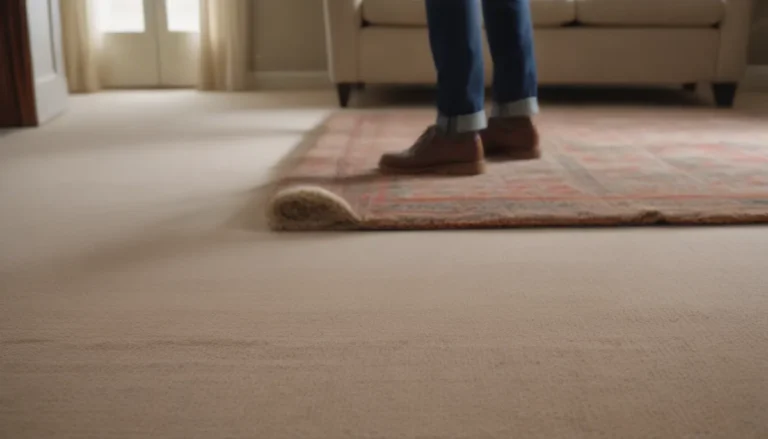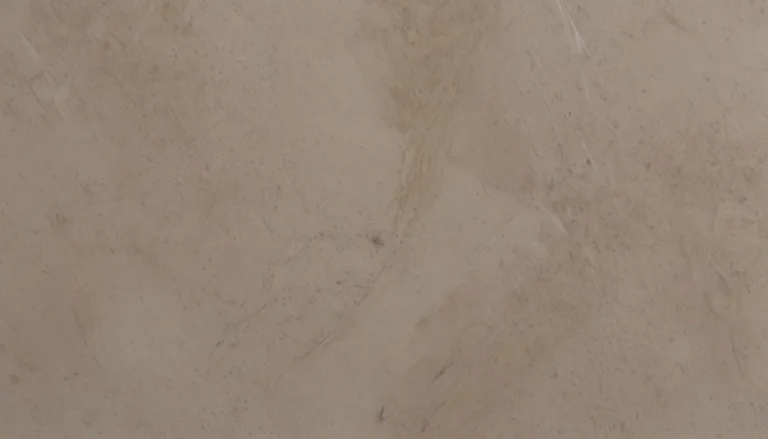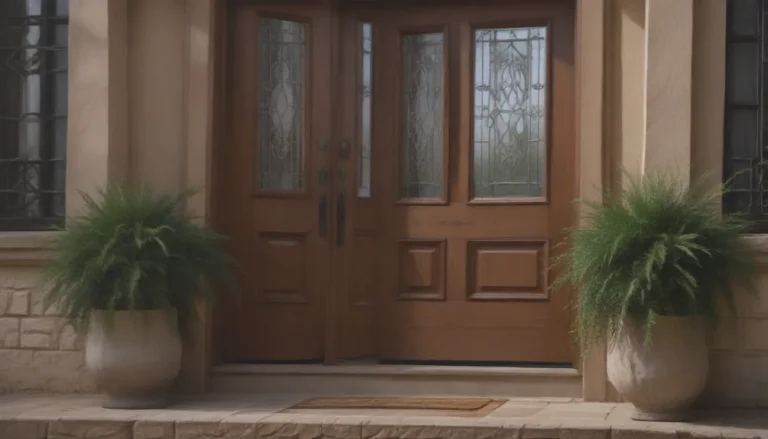The Benefits and Downsides of Installing Carpet in a Bathroom

Carpeted bathrooms have made a comeback as a trendy design choice, but before you decide to jump on the bandwagon, there are some important considerations to keep in mind. While carpeting can provide a warm and soft feel underfoot, it may not be the most practical option for a high-moisture environment like a bathroom. In this article, we’ll delve into the pros and cons of installing carpet in a bathroom, provide tips for a successful installation, and offer guidance on maintaining your bathroom carpet.
Pros and Cons of Installing Carpet in a Bathroom
Pros:
- Warm and soft to the touch
- Quieter than hard surfaces
- Non-slip surface
- Unique visual appeal
- Simple to keep clean and fresh
Cons:
- Mold and mildew growth
- Slow drying time
- Difficulty in resale
- Frequent replacement
- Challenges in cleaning and germ control
7 Tips for Installing Carpet in a Bathroom
1. Use Synthetic Materials
When choosing a carpet for your bathroom, opt for synthetic materials like 100-percent nylon, polyester, PTT (Triexta Polyester), or polypropylene (olefin). These materials dry out faster and do not retain moisture like organic materials such as wool.
2. Tile the Wettest Areas
In order to minimize moisture exposure, consider tiling the wettest areas of your bathroom such as in front of the sink, shower or bathtub, and around toilets. This will help prevent water damage and make it easier to maintain the cleanliness of your bathroom carpet.
3. Choose the Right Type
Select low-pile carpeting styles like loop or needle-punch. These styles have a flat pile that dries faster and makes it easier to spot and prevent mold and mildew growth. Consider modern outdoor Berber carpeting for a durable and quick-drying option.
4. Install a Waterproof Subfloor
To ensure the longevity of your bathroom carpet, install a waterproof subfloor either with concrete or a cement backer board like Durock or Wonderboard. This will prevent moisture from seeping into the subfloor and causing mold growth.
5. Use Carpet Squares
Opt for carpet square tiles for easy maintenance and replacement. These synthetic tiles are low-pile and can be removed and replaced individually, eliminating the need to replace the entire carpet in case of damage.
6. Use the Best Adhesives
Choose a high-quality indoor/outdoor carpet adhesive that is resistant to water. A solvent-free, commercial-grade adhesive will ensure the longevity and durability of your bathroom carpet.
7. How to Maintain Carpet in a Bathroom
Maintaining your bathroom carpet requires regular care and attention. Follow these tips to keep your carpet clean and fresh:
– Vacuum frequently to remove dirt and debris
– Waterproof the stall to prevent water damage
– Own a wet-dry vacuum for quick spill cleanup
– Use bathmats to absorb excess water
– Leave one side of the carpet loose to allow for air flow
By following these tips, you can enjoy the warmth and comfort of carpet in your bathroom while minimizing the risk of moisture-related issues.
Conclusion
While carpeted bathrooms may have their appeal, it’s important to weigh the benefits and downsides before making a decision. By choosing the right materials, installation methods, and maintenance practices, you can enjoy the luxurious feel of carpet in your bathroom without sacrificing practicality. Remember to stay informed and take necessary precautions to ensure a successful and long-lasting bathroom carpet installation.





